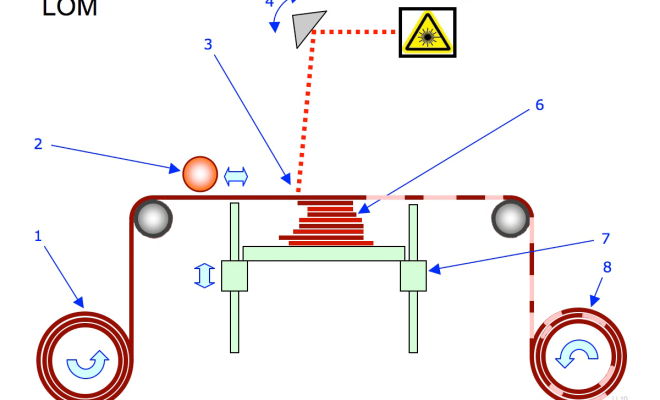The Layers of the OSI Model Illustrated

The OSI (Open Systems Interconnection) model is a conceptual framework used to describe the communication functions of a network. It consists of seven layers, each of which performs a specific function in the communication process. The layers are organized in a hierarchical structure, with each layer relying on the services provided by the layer below it. In this article, we will illustrate the layers of the OSI model and explain their functions.
Layer 1: Physical Layer
The physical layer is the lowest layer of the OSI model. It is responsible for the transmission and reception of raw bit streams over a physical medium. This layer defines the electrical, mechanical, and procedural aspects of the physical connection between devices. Examples of physical media include twisted-pair copper wire, optical fiber, and wireless radio frequencies.
Layer 2: Data Link Layer
The data link layer is responsible for the reliable transfer of data between adjacent network nodes. This layer provides error detection and correction, flow control, and access to the physical medium. It is divided into two sub-layers: the Media Access Control (MAC) layer and the Logical Link Control (LLC) layer.
Layer 3: Network Layer
The network layer is responsible for the routing of data between different networks. This layer provides logical addressing, routing, and fragmentation and reassembly of data packets. It is responsible for determining the best path for data to travel from the source to the destination.
Layer 4: Transport Layer
The transport layer is responsible for the reliable transfer of data between end-to-end connections. This layer provides connection-oriented or connectionless services, flow control, and error recovery. It is responsible for segmenting and reassembling data, and for providing end-to-end delivery of data.
Layer 5: Session Layer
The session layer is responsible for establishing, maintaining, and terminating connections between applications. This layer provides services such as session establishment, data transfer synchronization, and session termination. It is responsible for managing multiple sessions between applications.
Layer 6: Presentation Layer
The presentation layer is responsible for the presentation of data to the application layer. This layer provides services such as data compression, encryption, and decryption. It is responsible for formatting data in a way that the application layer can understand.
Layer 7: Application Layer
The application layer is responsible for providing services to the user or the application. This layer provides services such as file transfer, email, and remote login. It is responsible for interfacing with the user or the application and for providing a user-friendly interface.
In conclusion, the OSI model is a conceptual framework that describes the communication functions of a network. The seven layers of the OSI model are organized in a hierarchical structure, with each layer relying on the services provided by the layer below it. Understanding the functions of each layer is essential for designing and troubleshooting computer networks.




